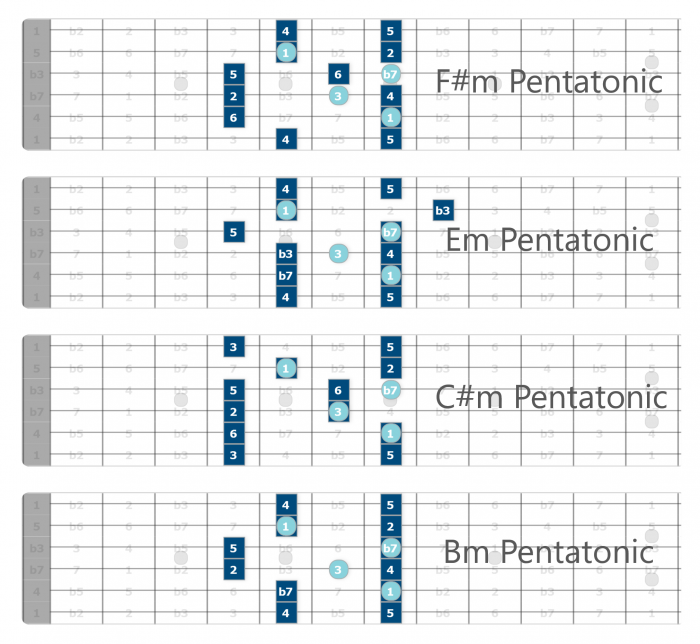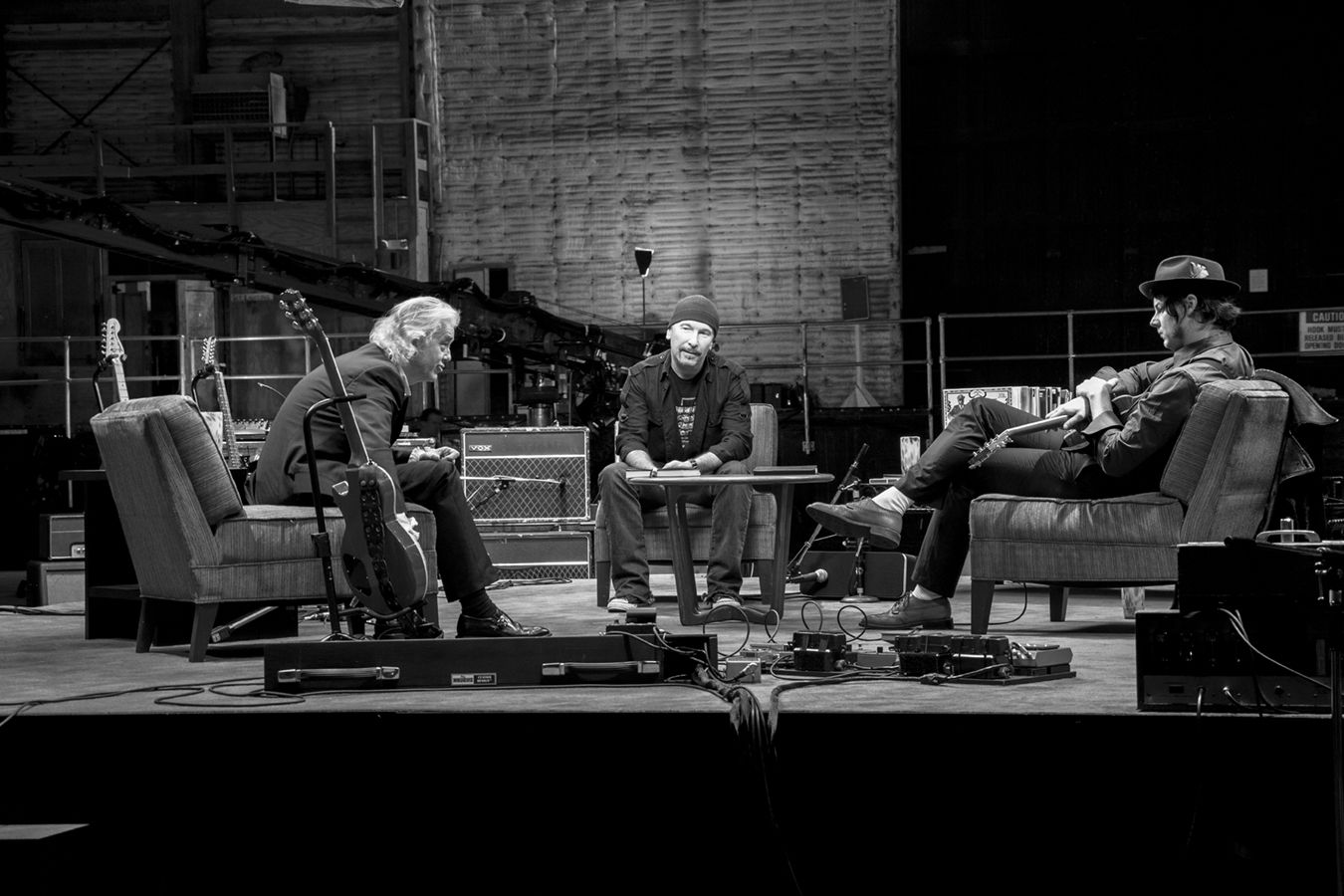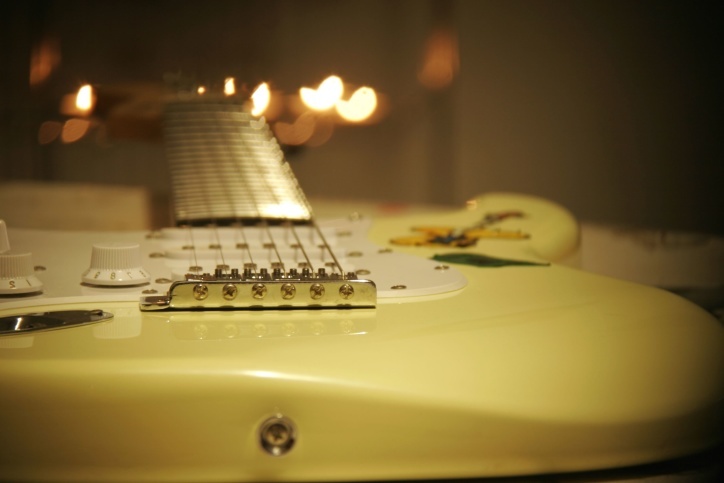There are literally endless things you can do with pentatonic scales in music and especially on the guitar. We all love them, so why not milk them for all they’re worth? The idea of modal pentatonics involves superimposing a pentatonic scale over a chord, in this case we’ll use E7, to create different sounds based on the Mixolydian mode.
To show you what I mean, look at the following minor pentatonic patterns superimposed over an E7 chord. The intervals are relative to E.

Load up your looper pedal (or buy one on Amazon) with an E7 chord and try out the different modal pentatonics options above. Notice that each one gives you a slightly different vibe due to the intervals that fall within the scale as much as the ones that fall outside it.
Why stop there?
The modally enlightened among you will know that E7 is the V chord in the key of A Major, and the B, C#, and F# minor pentatonic scales all come from that key, but what if we chose pentatonics that come from outside the key?
Let’s see what happens when we play G#m Pentatonic over E7.

Over E7 we now have the 2, 3, 5, 6, and 7, which is interesting because we don’t have the root, so you’re going to get that slightly outside sound, and we have a natural 7, which will clash (in theory) with the b7 of the chord. You can get some interesting lines by doing half-step bends on the 7 up to the root while mixing in the rest of the intervals. Try it out, it’ll probably sound shit at first but once you get hold of it, you’ll have a new tool for soloing over dominant chords.
Let’s try superimposing Dm Pentatonic over E7, which is definitely not in the key.

This time we also have no root note, which is always good, and a b2, b3 and b6 that definitely don’t belong to the key. The b2 will give you an exotic vibe and imply an E7b9 chord, while the b3 will imply an E7#9 chord (b3 = #9). The b6 (or b13) is also a nice tension over a dominant chord.
Over to you… as I said you can literally superimpose any pentatonic scale you like over that E7 chord and see what it sounds like, though some will obviously sound better than others. This is also a great experiment to break out of a soloing rut.



